Discussing the future of HVAC&R skills training
AIRAH CEO Sami Zheng, Affil.AIRAH, reflects on learnings from a recent visit to TasTAFE.
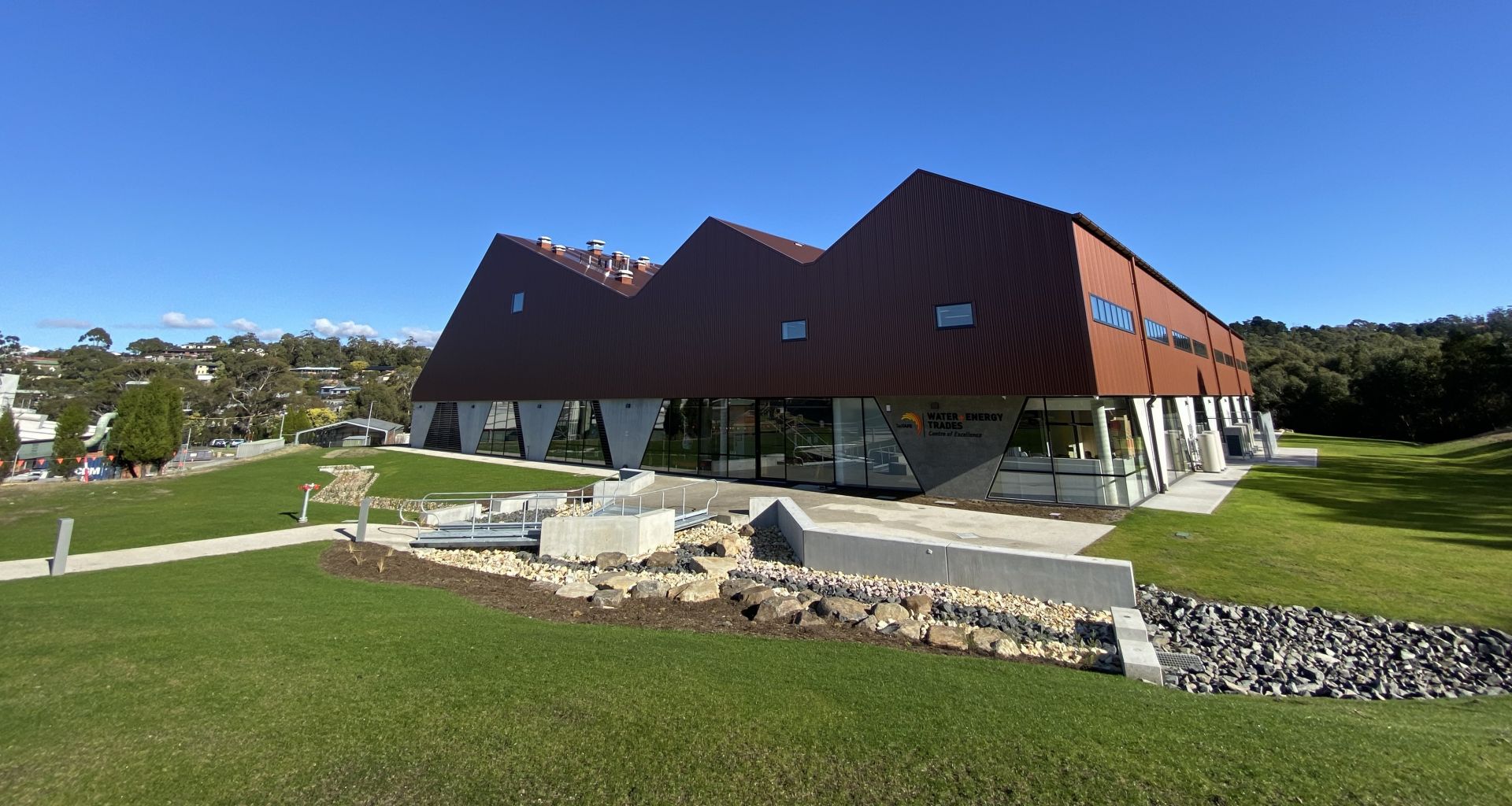
Last week, the AIRAH board and I joined our Tasmanian committee for a visit to the TasTAFE Water and Energy Trades (WET) Centre of Excellence at the Clarence Campus in Hobart.
The visit gave us the chance to explore this excellent new training centre, which opened in July 2023. It also presented an opportunity to discuss the current landscape of trade training.
We extend our thanks to TasTAFE for facilitating this opportunity.
World-class facilities
The centre, a $27 million investment by the Tasmanian and Australian governments with industry support, spans over 5,000m2 across two levels. It features state-of-the-art facilities, including a three-storey plumbing stack and a 30x10m sandpit, designed to replicate the inner workings of multi-storey buildings.


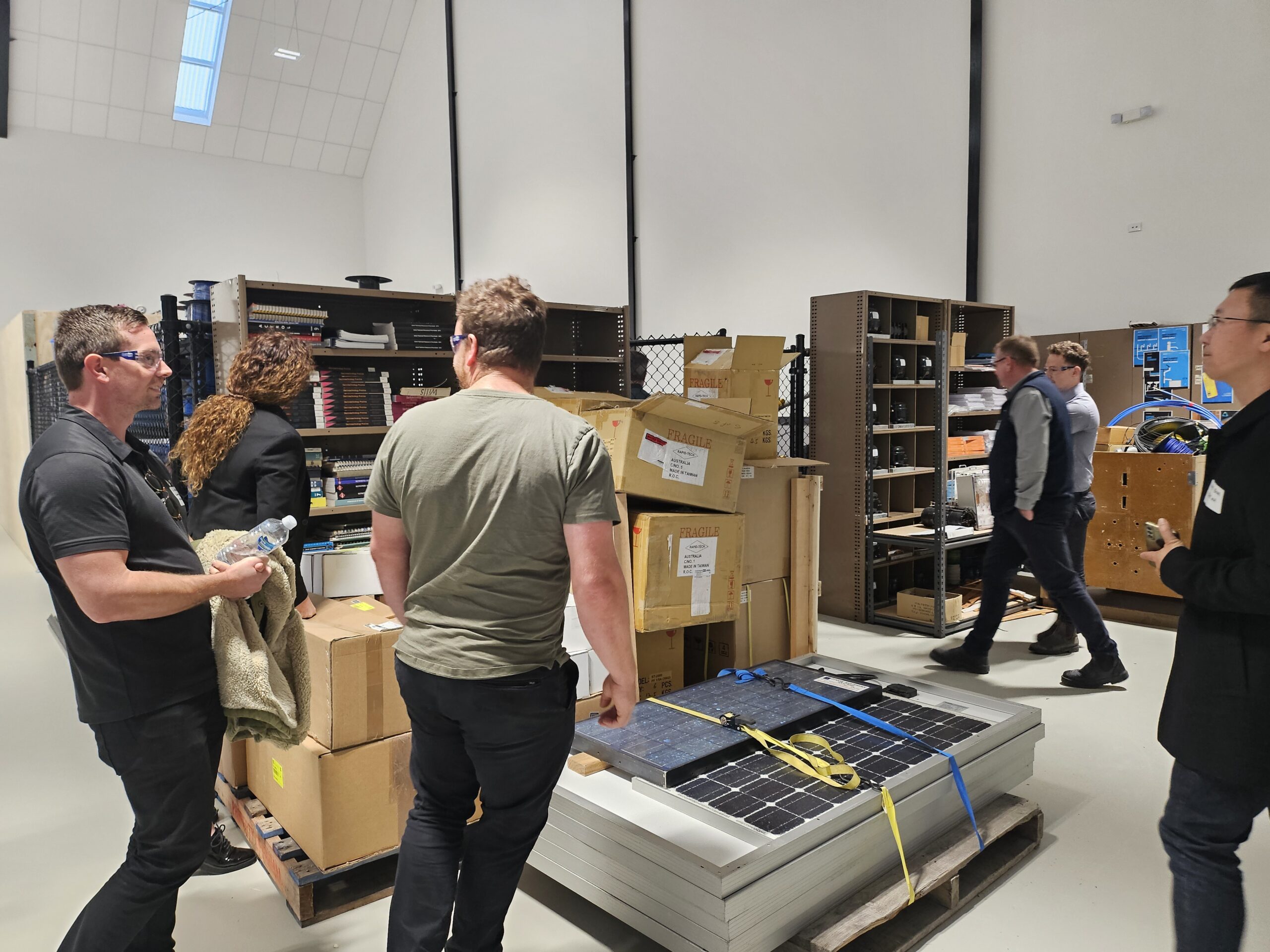

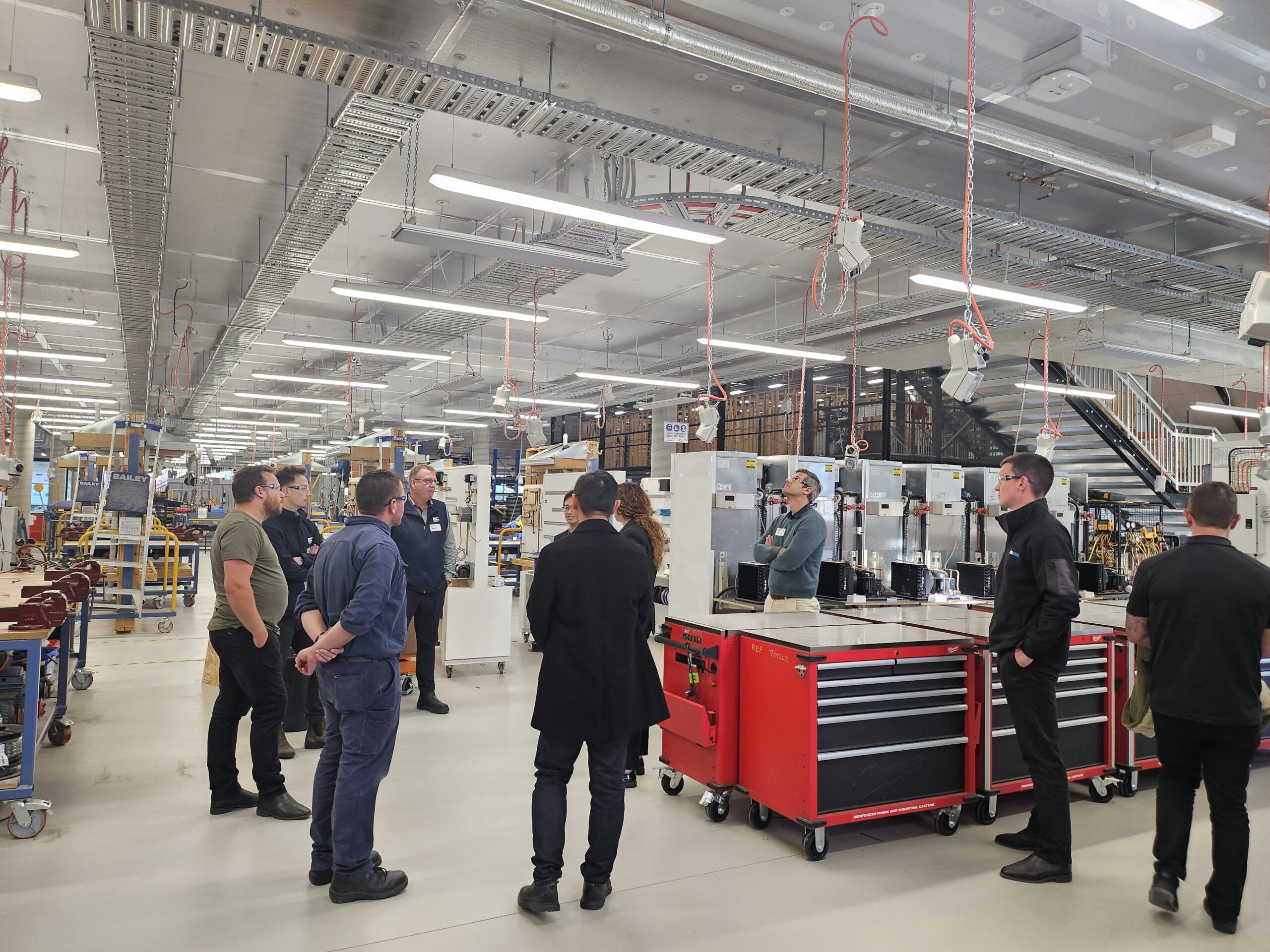

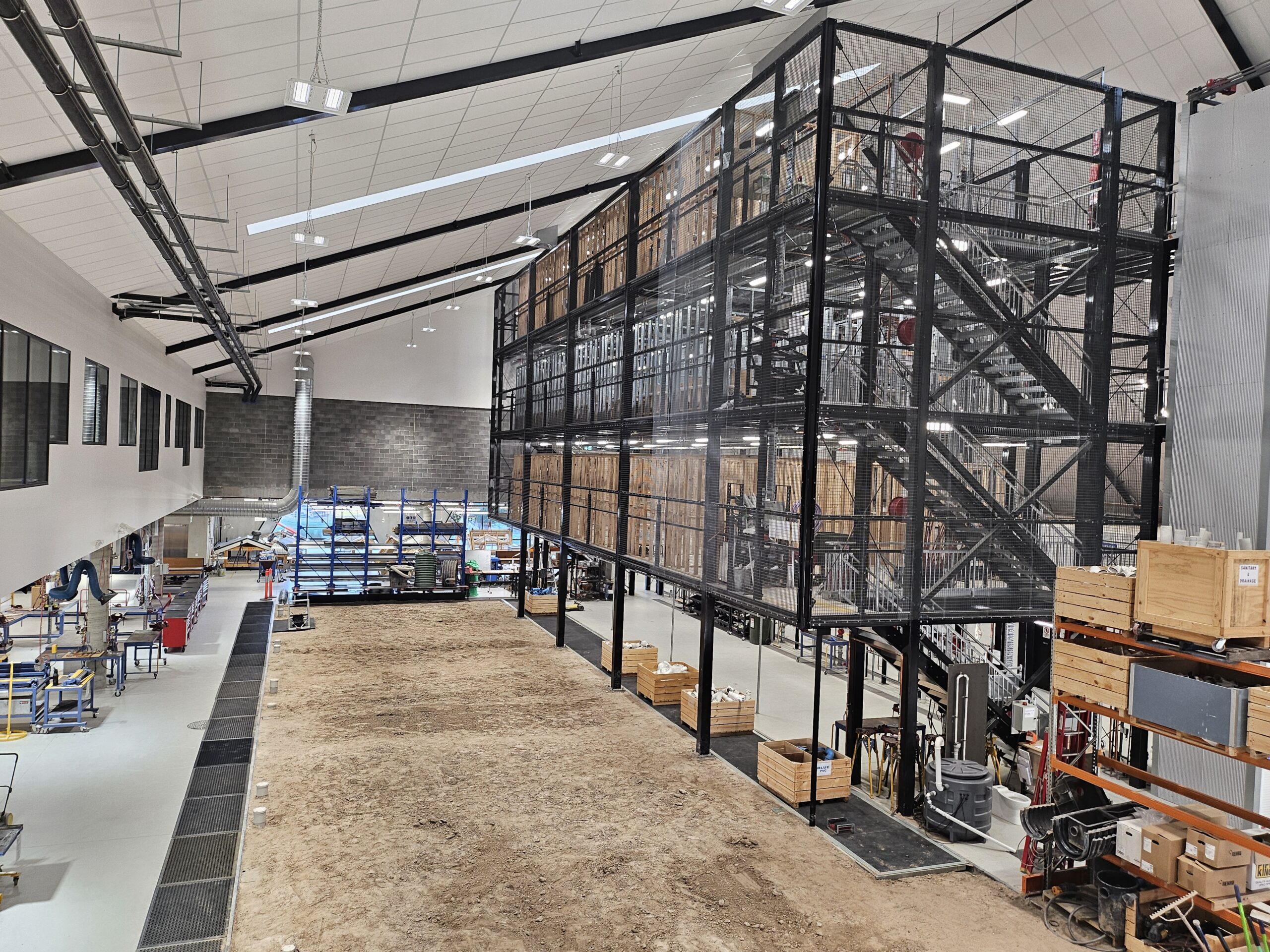

These features provide students with practical, hands-on experience in plumbing, electrotechnology, air conditioning, refrigeration, and emerging renewable energy sectors.
It was invigorating to observe multiple trades co-located under one roof, fostering collaboration and highlighting the interconnections between sectors.
The centre’s integrated model exemplifies the potential of coordinated training environments.
Nevertheless, significant challenges persist. While many issues affect all trades – such as curriculum relevance and resource allocation – others are specific to refrigeration and air conditioning (RAC). Notably, the RAC trade continues to struggle with visibility and public awareness, and in some instances, there is a shortage of dedicated teaching staff.
The future of training
Trade training through TAFE remains a foundational pathway for workforce development. However, curricula must evolve to reflect technological advancements and ecological considerations.
For example, as Australia moves toward decarbonisation, there is an increasing demand for training in heat pump systems, which are fast becoming the dominant technology for residential and commercial heating and cooling.
Similarly, the rising use of flammable refrigerants (such as hydrocarbons and R32) requires updated competencies around safe handling, system design, installation, and maintenance – none of which can be properly addressed using outdated learning materials. Addressing these challenges necessitates a concerted effort from industry, training organisations, and government bodies.
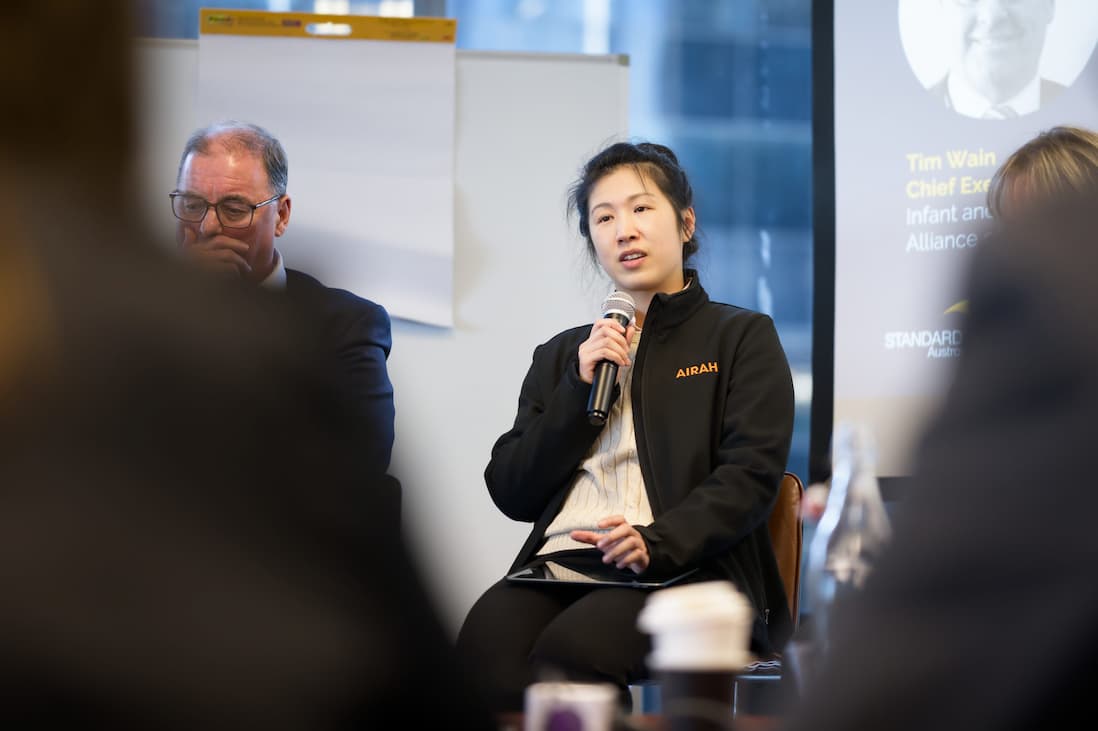

Industry input
A key takeaway from our visit is the imperative for enhanced industry involvement in shaping training programs. Active collaboration among stakeholders is essential to ensure that training aligns with current and future industry needs.
AIRAH is committed to advocating for the advancement and recognition of the RAC trade. We are engaging in conversations with the Tasmanian regulator about strengthening the licensing framework, and we are building a strong relationship between TasTAFE and our local division committee. We look forward to continued collaboration between the government, TAFE and industry to address these challenges and support the development of a skilled and adaptable workforce.
PREV
NEXT
Comments
-
I hope this message finds you well. I am writing to share some thoughts regarding the training center building, which is truly committed to delivering top-notch training across all trades. I believe there is an opportunity to enhance the training provided specifically within the HVAC-R industry, focusing on a crucial aspect that significantly impacts Indoor Air Quality and the air we all breathe.
One area that could greatly benefit from additional training is the cleaning of HVAC-R systems, including the supply, return, and make-up air distribution/duct systems. At present, these systems are inspected and cleaned by companies that voluntarily complete the only formal international training currently offered by the National Air Duct Cleaning Association (NADCA).
With the implementation of correct industry guidelines, this training could add invaluable knowledge and guidelines, ensuring that buildings consistently provide better indoor air quality. This would be a fantastic addition to the existing training programs and would reassure everyone that our buildings are maintaining high standards of air quality.
If required, I would be happy to offer my professional experience and knowledge on this subject to help develop and implement this training.
Advertisements
Recent news
- AIRAH announces first round of speakers for HVAC26
- Daikin opens new Australian manufacturing facility
- Refrigerant Handling Codes of Practice now available digitally
Latest events
- AIRAH announces first round of speakers for HVAC26
- Melbourne School of Design to host ASA2025 conference
- HVAC&R industry’s finest shine at 2025 AIRAH National Awards
 Sami Zheng, Affil.AIRAH
Sami Zheng, Affil.AIRAH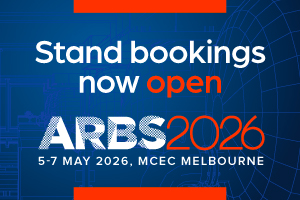

Leave a Reply